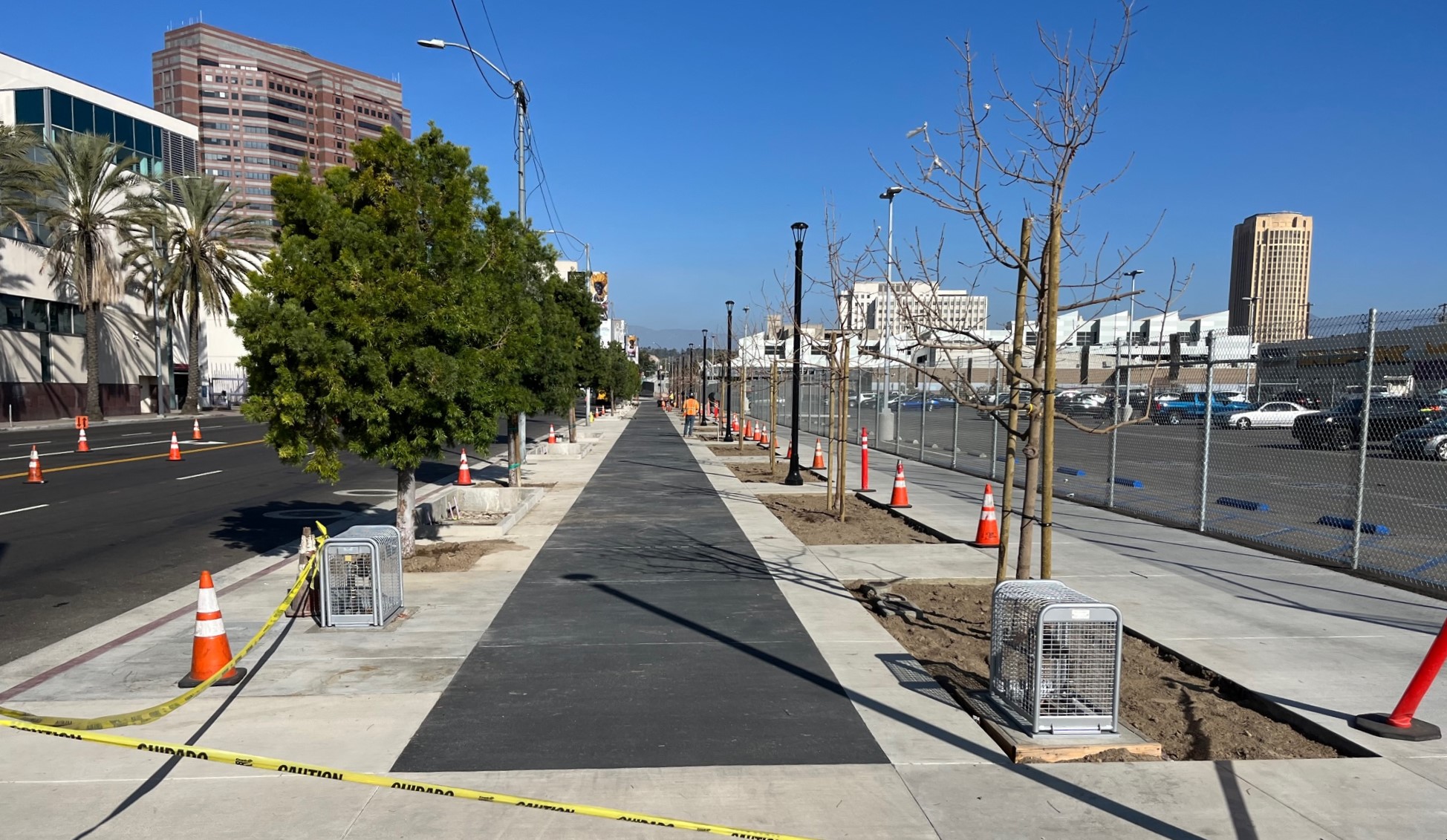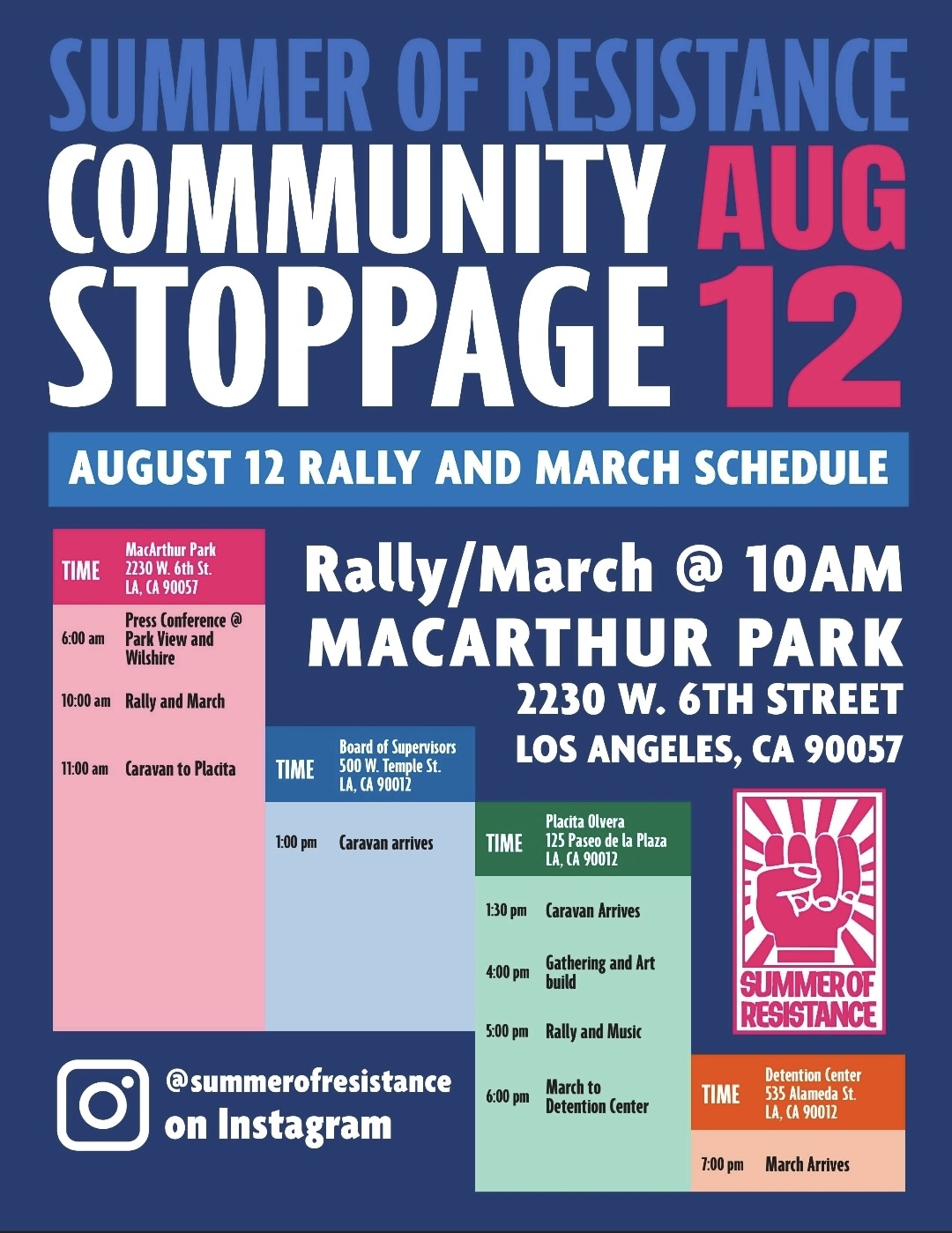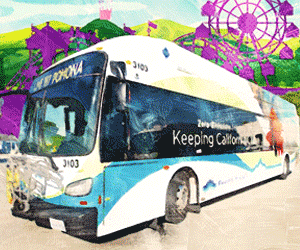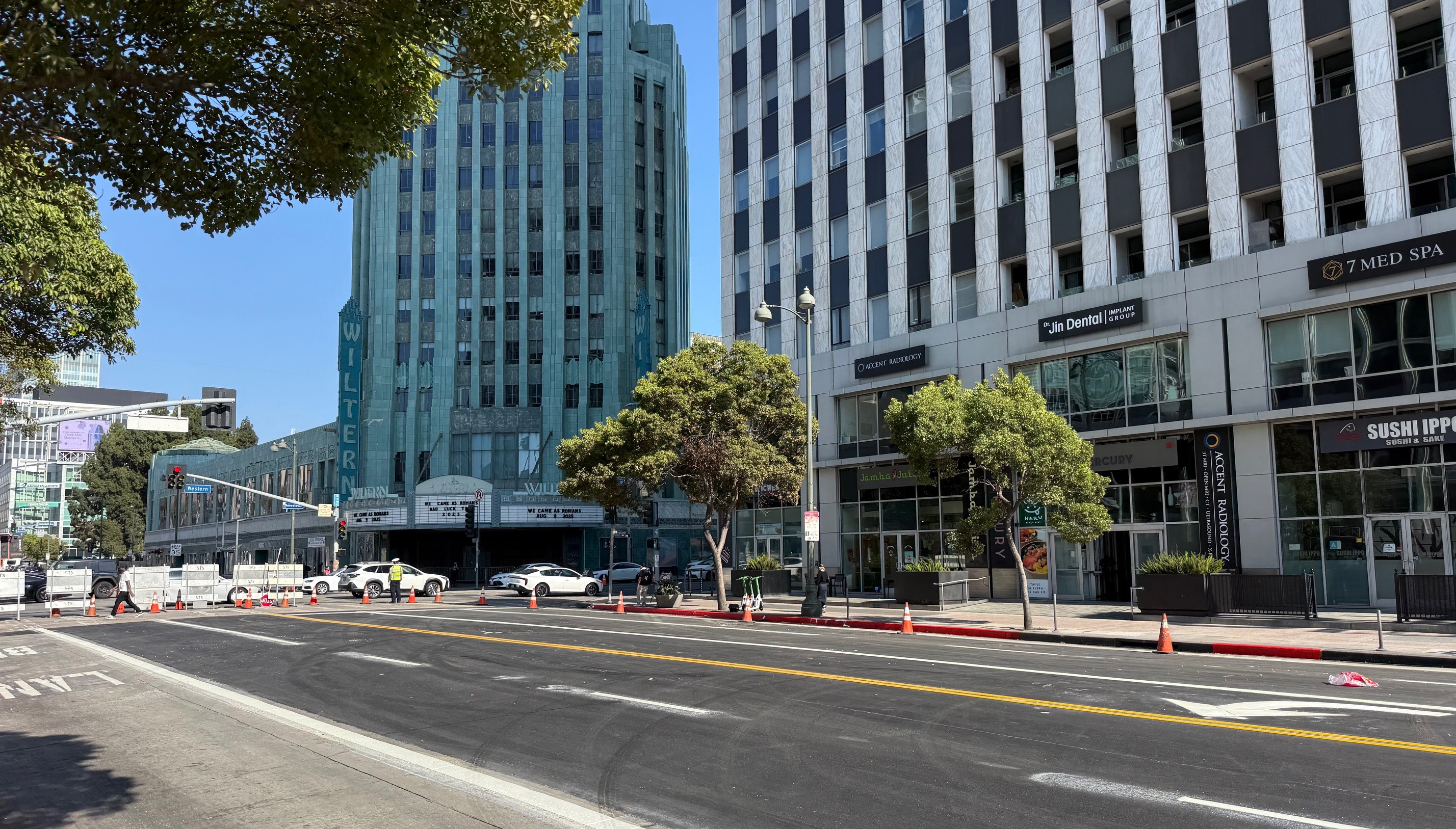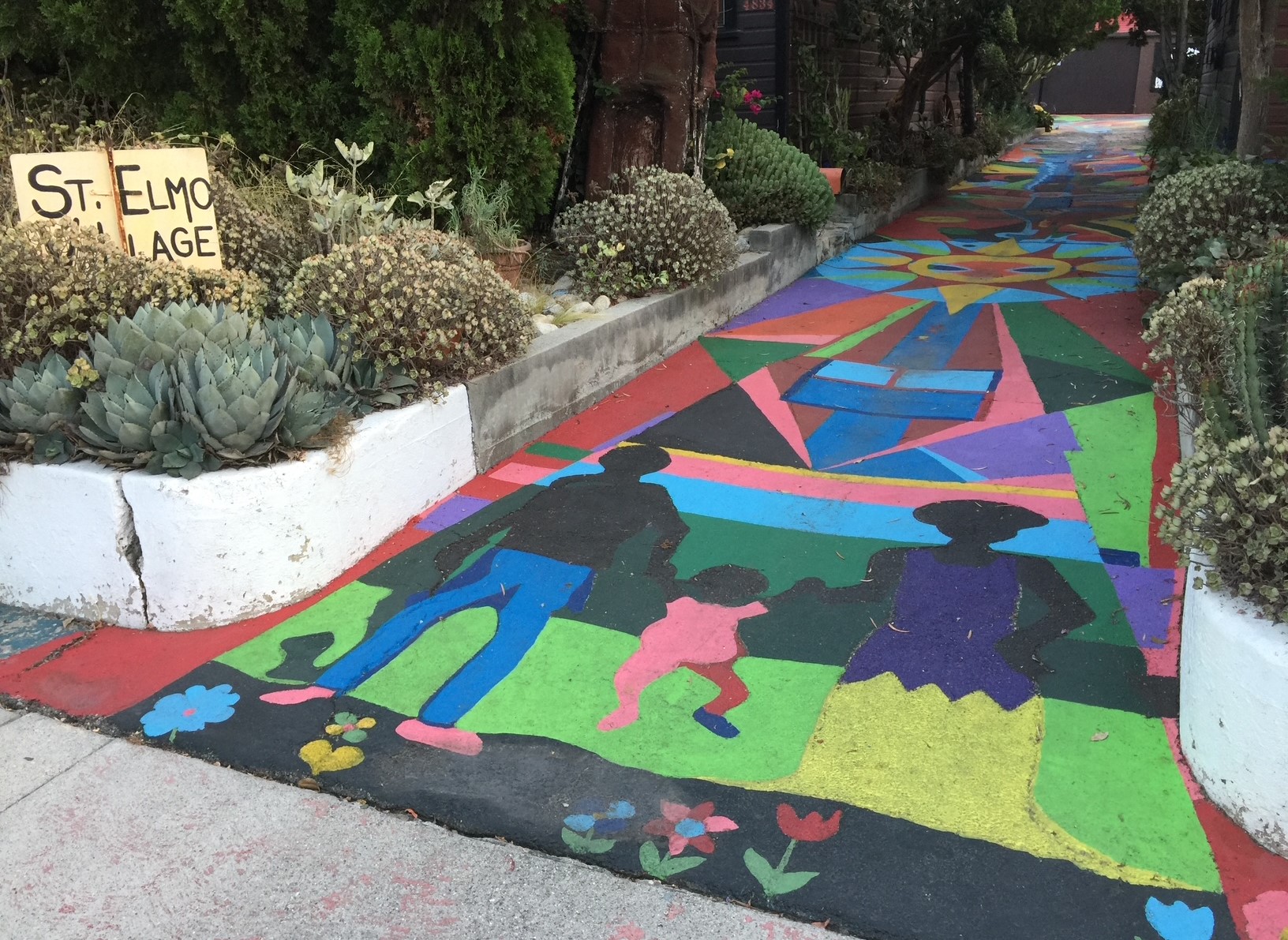
Streetsblog shares some recent progress spotted last week at several bike facilities due to open (or re-open) soon.
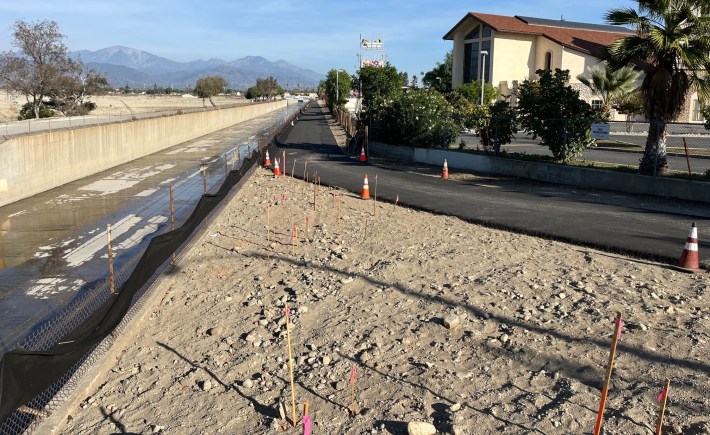
Construction Underway on Vincent Community Bikeway
The L.A. County Department of Public Works is making progress on its Vincent Community Bikeway, a three-mile bike/walk facility, featuring mostly creekside path. County and community leaders kicked off construction in September.
The facility is primarily located along the concrete-lined Big Dalton Wash through the unincorporated L.A. County community of Vincent. The $8.1 million bikeway will include several short on-street stretches (see map). Short portions of the bikeway will be located in the adjacent cities of Azusa, Covina, Irwindale, and West Covina.
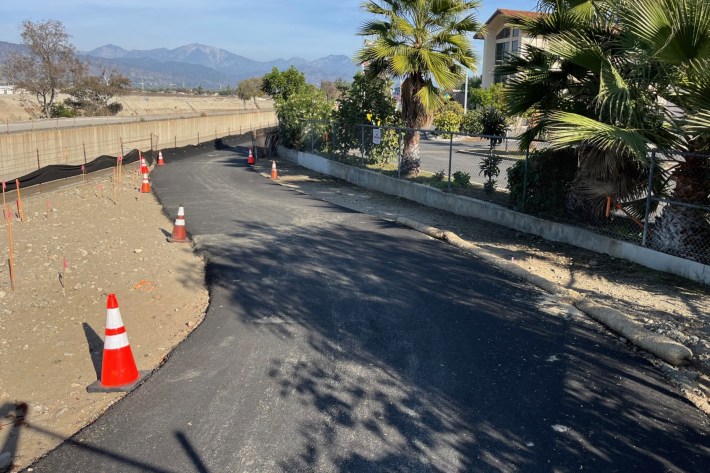
El Monte Bike Hub Reopening Delayed to First Quarter 2024
in September 2022, a driver crashed into Metro's El Monte Bike Hub. For more than a year, the facility sat untouched, with broken glass, a crumpled bike, damaged bike racks, and a sad mess all visible through the remaining unboarded-up windows. As of February, Metro had expected to reopen the hub in Fall 2023.
As of last week, visible through the window, the chaos has been cleaned up.
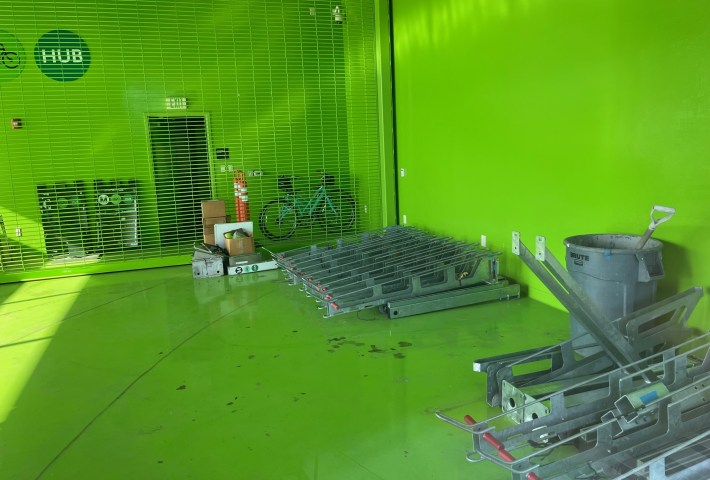
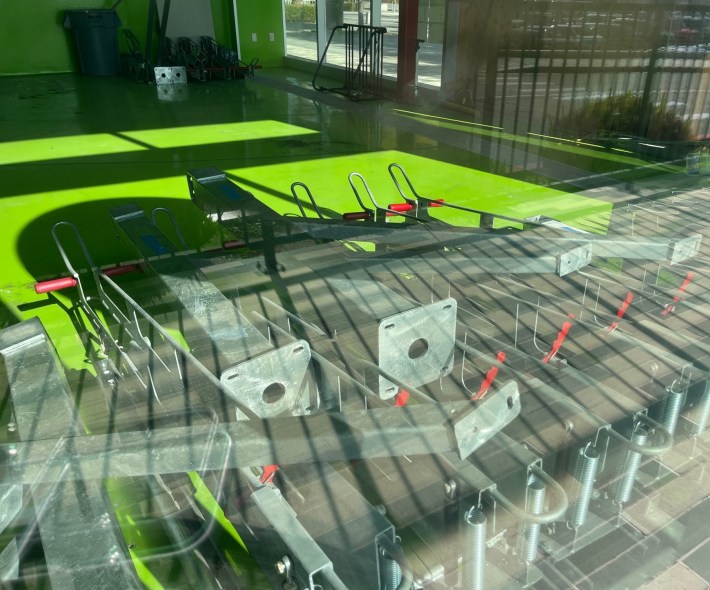
Metro spokesperson Rick Jager noted that hub cleanup and repair work kicked off in November. Per Jager, Metro now anticipates the facility to reopen in February or March of 2024.
Metro's Disappointing Alameda Esplanade Nearly Complete
Six months after the opening of the new Little Tokyo Station, Metro's one-block-long Alameda Esplanade walk/bike facility is nearing completion. Earlier this month, construction crews planted trees and installed irrigation.
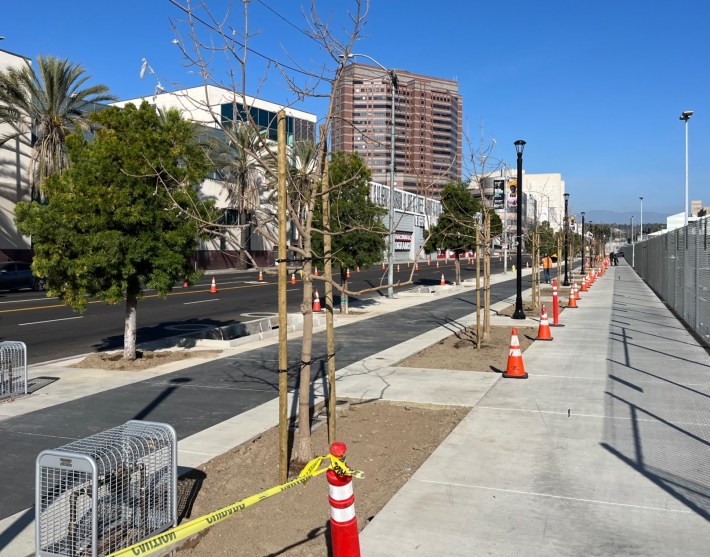
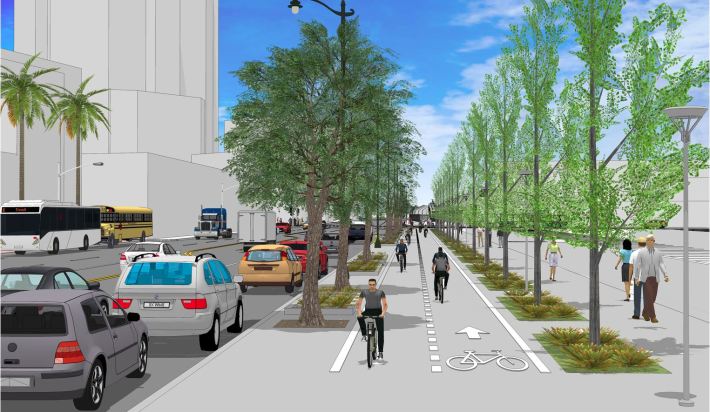
The Alameda Esplanade was supposed to be the crown jewel of the $30 million Metro Eastside Access Improvements project designed to get pedestrians and cyclists to the new Little Tokyo Station. When Metro started Eastside Access construction in 2021, the new first/last mile connections were anticipated to be complete in less than a year, in order to open along with the new subway, then projected to open in Summer 2022.
The Regional Connector subway opening was delayed until May 2023. Riders are still waiting on the bike/walk connections.
In 2015, Metro and the city Transportation Department (LADOT) received federal TIGER grant funding for an "18-30' Wide Walk-Bike Esplanade" along Alameda Street "from Arcadia St. to 1st St.", which was one of three streets (Alameda, Los Angeles Street, and Santa Fe Avenue) where Metro planned to install new landscaping, featuring planters irrigated by rainwater.
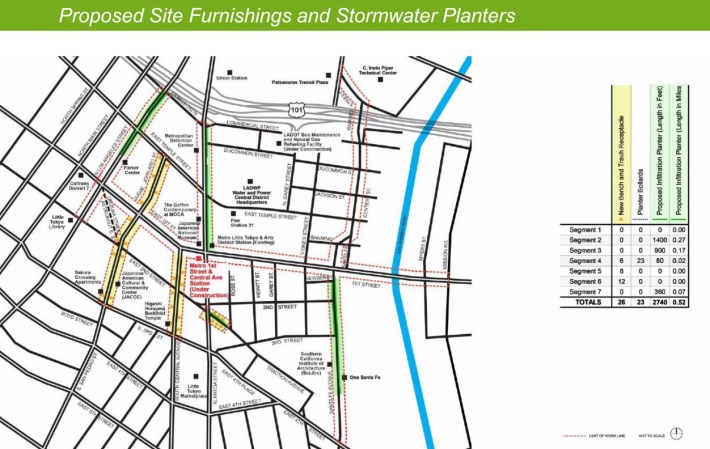
As a sort of massive middle finger to transit riders arriving on foot and on bike, Metro radically pared back bike/walk features funded by TIGER. Metro slashed the length of its esplanade plan by two-thirds: its 1,500-foot walkway/bikeway (from First to Arcadia) became just 500 feet (from First to Temple Street). Metro also narrowed the esplanade (see below).
Planned rain gardens on other streets were dropped. On one of the omitted rain garden streets, LADOT recently did a further bikeway downgrade. Under TIGER, in late 2022 on Santa Fe Avenue Metro installed a buffered bike lane with partial green pavement.
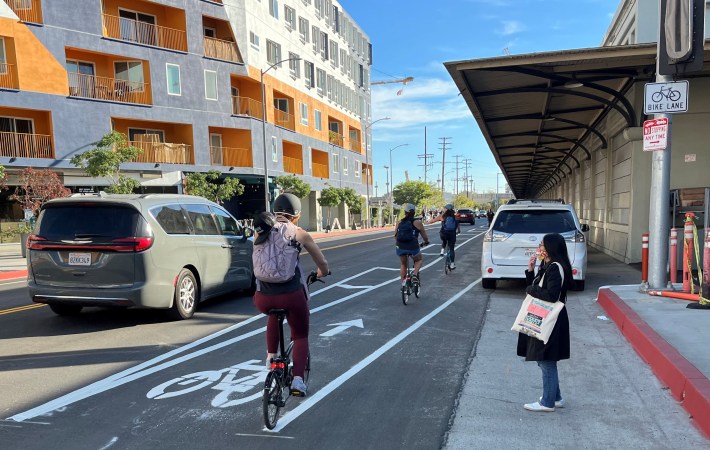
Just over a month ago, LADOT removed the bike lane buffer and scraped off the green pavement.
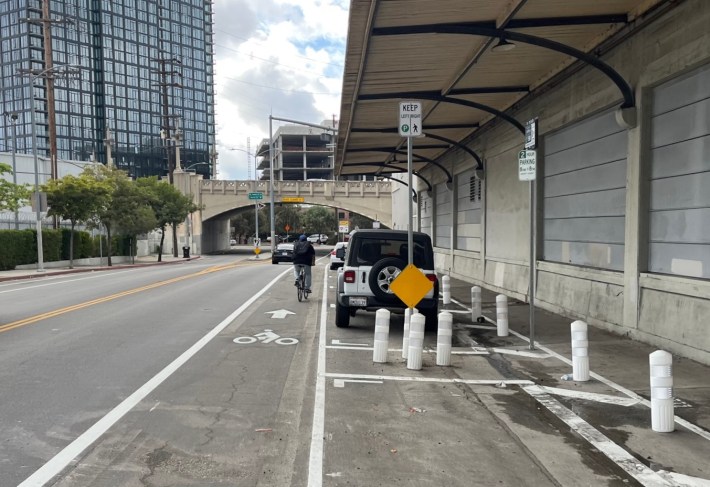
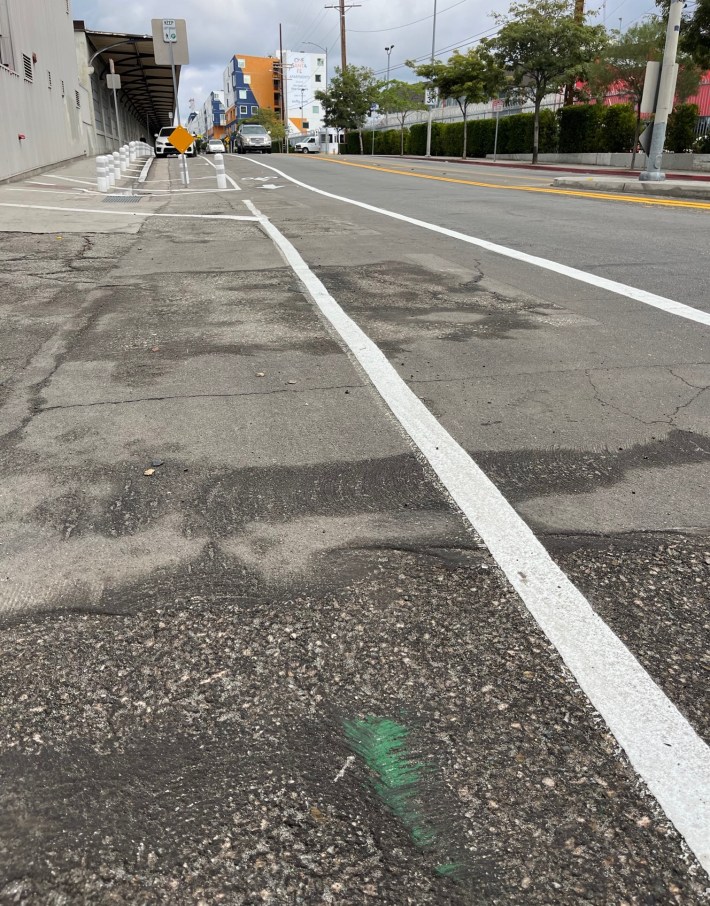
The good news is the bike lane downgrade added a needed walkway, along the Santa Fe Freight Depot building that now houses the Southern California Institute of Architecture (SCI-Arc). Perhaps the parking could have been moved further away from the building to install parking-protected bike lanes?
Back to the Alameda Esplanade.
In 2016, Metro shared plans for a 35-foot wide esplanade running along a 64-foot wide Alameda Street.
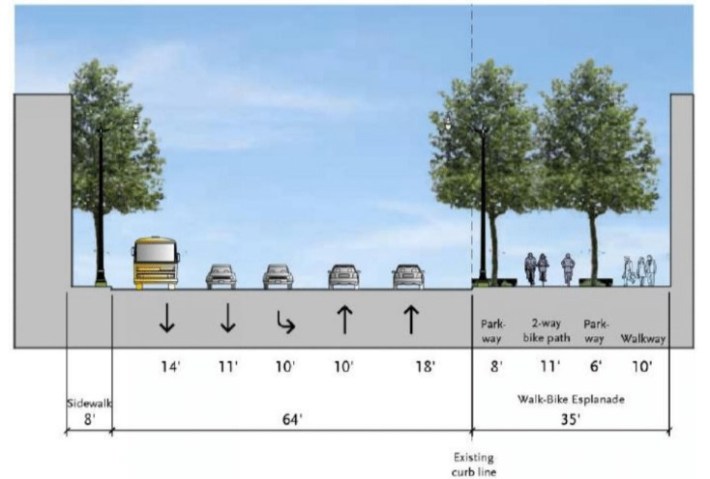
For the one-block esplanade, Metro (with LADOT sign-off) instead widened Alameda Street and narrowed the esplanade. Next to Temple Street, Metro widened Alameda to add a new right turn lane for drivers. The esplanade there narrows to ~30 feet wide (for the southern half of the block, the esplanade is ~33 feet wide).
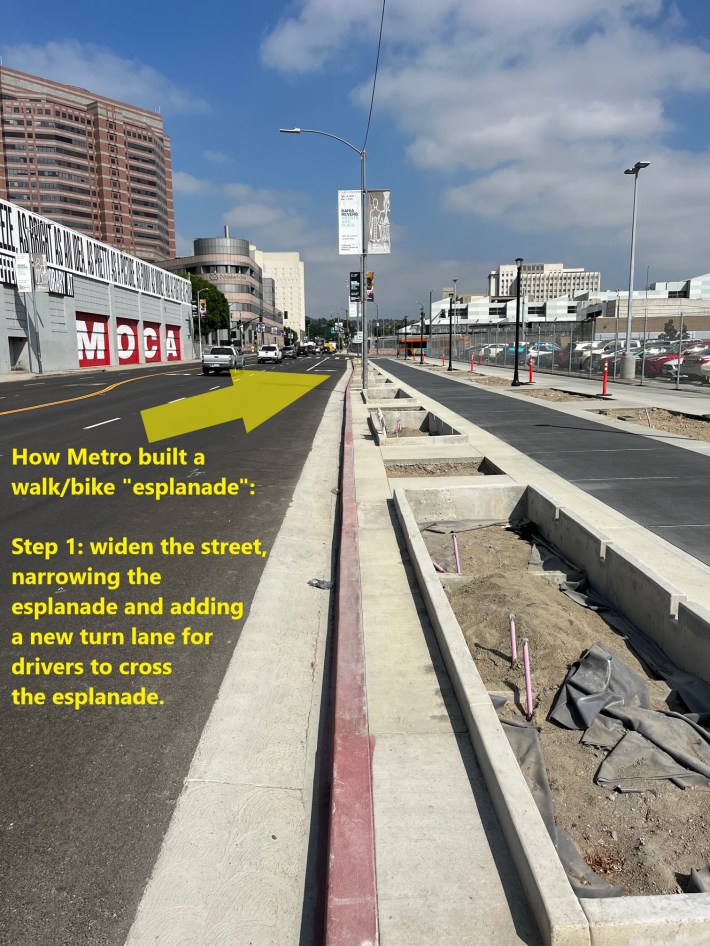
Metro widened parts of Alameda from ~60-62 feet (at Temple Street) and ~64 feet (at First Street) to 66 and 70 feet respectively.
Metro also widened Temple Street (the eastern leg of Temple at Alameda, where the esplanade crosses) from ~56 feet to ~64 feet. These widenings make it more dangerous for pedestrians and cyclists to cross these streets, especially at the north end of the esplanade.
Prior to 2020, when the old (now demolished) Little Tokyo Station occupied the site, the right turn from Alameda onto Temple was greater than 90 degrees, forcing turning drivers to slow down. When building the esplanade, Metro significantly widened the turning radius there; this encourages drivers to make faster turns. Giving this space and this configuration to downtown drivers makes the walkway/bikeway more dangerous for Metro riders taking the esplanade to get to Union Station or Little Tokyo Station.
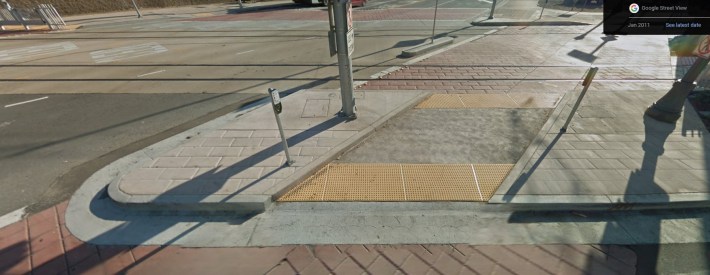
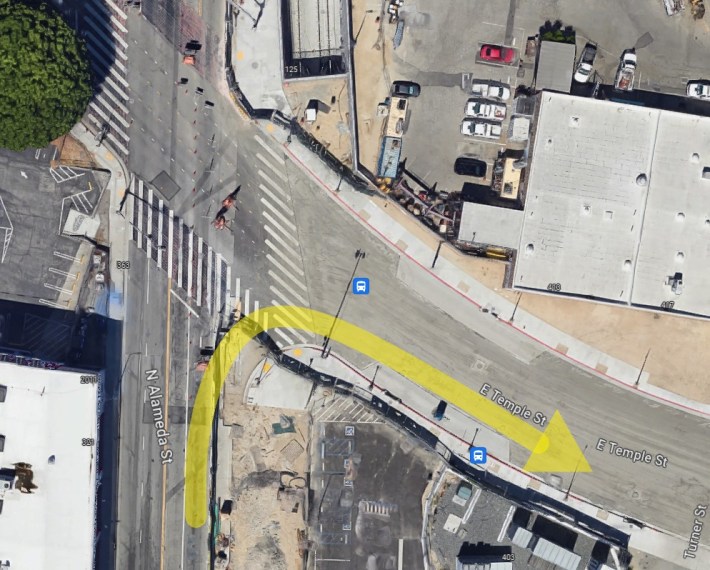
Livability advocates have been pushing Metro and LADOT to take basic steps to fix these Regional connector missteps, urging Metro to support its riders getting to stations safely. So far, Metro hasn't lifted a finger to remedy its errors (many in concrete). Metro did respond to advocate's concerns with one letter that claimed numerous falsehoods to justify Metro inaction.
Readers - which of these three facilities do you think will open/re-open first?
